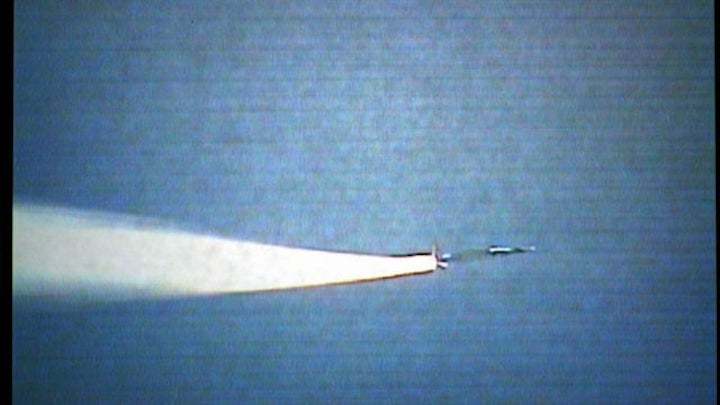2.11.2021

The recent revelation that China has tested two hypersonic glide missileshas rocked the American national security establishment. According to Bloomberg, Chairman of the Joint Chiefs of Staff General Mark Milleysuggested that the tests approached a “Sputnik moment,” harkening back to the Soviet launch of the first Earth satellite, which also proved the capability of delivering a nuclear warhead anywhere on Earth with a ballistic missile.
A recent article in Space News suggests that a nuclear capable, intercontinental range hypersonic glide missile presents a challenge for the American military. The Chinese missile is hard to track when it is in the midrange stage of its flight, which can occur over the South Pole, bypassing American missile defenses. Once the missile reenters the Earth’s atmosphere, it can glide to its target from any direction, making it difficult for current terminal-stage defenses to engage and destroy.
The Defense Department has already started to develop a constellation of low Earth orbit sensors capable of tracking hypersonic glide vehicles more accurately. However, America’s ballistic missile defenses are still inadequate to stop a determined nuclear strike on the American homeland. At best, it will ward off an attack by a rogue country such as North Korea or Iran.
Current American missile defense systems include ground-based interceptors deployed in Alaska and California as well as sea-based Aegis systems on navy ships designed to engage ballistic missiles. The Terminal High Altitude Area Defense (THAAD) system is deployed in Guam, the UAE, Israel, South Korea and Romania, capable of intercepting shorter-range missiles. The Patriot system was made famous during the First Gulf War for warding off Scud attacks from Iraq.
Clearly, with China going full tilt to augment its nuclear arsenal, it is time for the United States to expand its missile defense system. It should start by tasking the Space Force with developing and deploying a boost phase defense system, taking an old idea that dates back to the 1980s SDI proposal.
According to the Missile Defense Agency, a missile in the boost phase is the easiest to detect and the hardest to engage. A missile soon after launch has a hot exhaust that is easy for space-based sensors to detect. However, the boost phase lasts about five or so minutes, a short window for an anti-ballistic missile system to engage the target.
One way to address the short time frame in which a missile can be engaged during the boost phase is to use a beam weapon such as a laser. Unlike a missile, a laser would hit the target instantaneously once a firing solution is acquired, destroying the hypersonic vehicle before it separates from the launcher.
Plans for such space-based beam weapons never became reality in the 1980s. The technological hurdles involved were immense 40 years ago. In any case, the Cold War ended long before the United States could deploy a space-based missile defense. President Bill Clinton put an unceremonious end to the Strategic Defense Initiative.
Clinton’s successor, President George W. Bush, withdrew the United States from the ABM Treaty, leading to the deployment of the rudimentary missile defense systems the United States now possesses. Technology, including lasers, sensor systems, computer technology and reusable launchers, has advanced since President Ronald Reagan promised to make nuclear weapons “impotent and obsolete.”
One can imagine a future when a reusable rocket (say the SpaceX Starship) could loft laser equipped battle stations and deploy them so that they can cover any nuclear threat. Such battle stations, using the immense lift capability of the Starship, would be equipped with systems to detect, evaluate, and engage enemy missiles during their boost phase. Such platforms would also be equipped with systems to ward off enemy attack. They would be, for all intents and purposes, the first space-faring warships, albeit robotically controlled.
More importantly, China and any other potential enemy that wishes the United States and her allies harm would imagine such a future as well. China would be left with a stark choice. Will it engage in an arms race with the United States that it is likely to lose? Or will it be compelled to scale back its imperial ambitions and come to terms with the Western World?
The Strategic Defense Initiative presented the Kremlin with the same choice 40 years ago and the rest was history. China, too, will find that it is time to choose.
Quelle: The Hill
